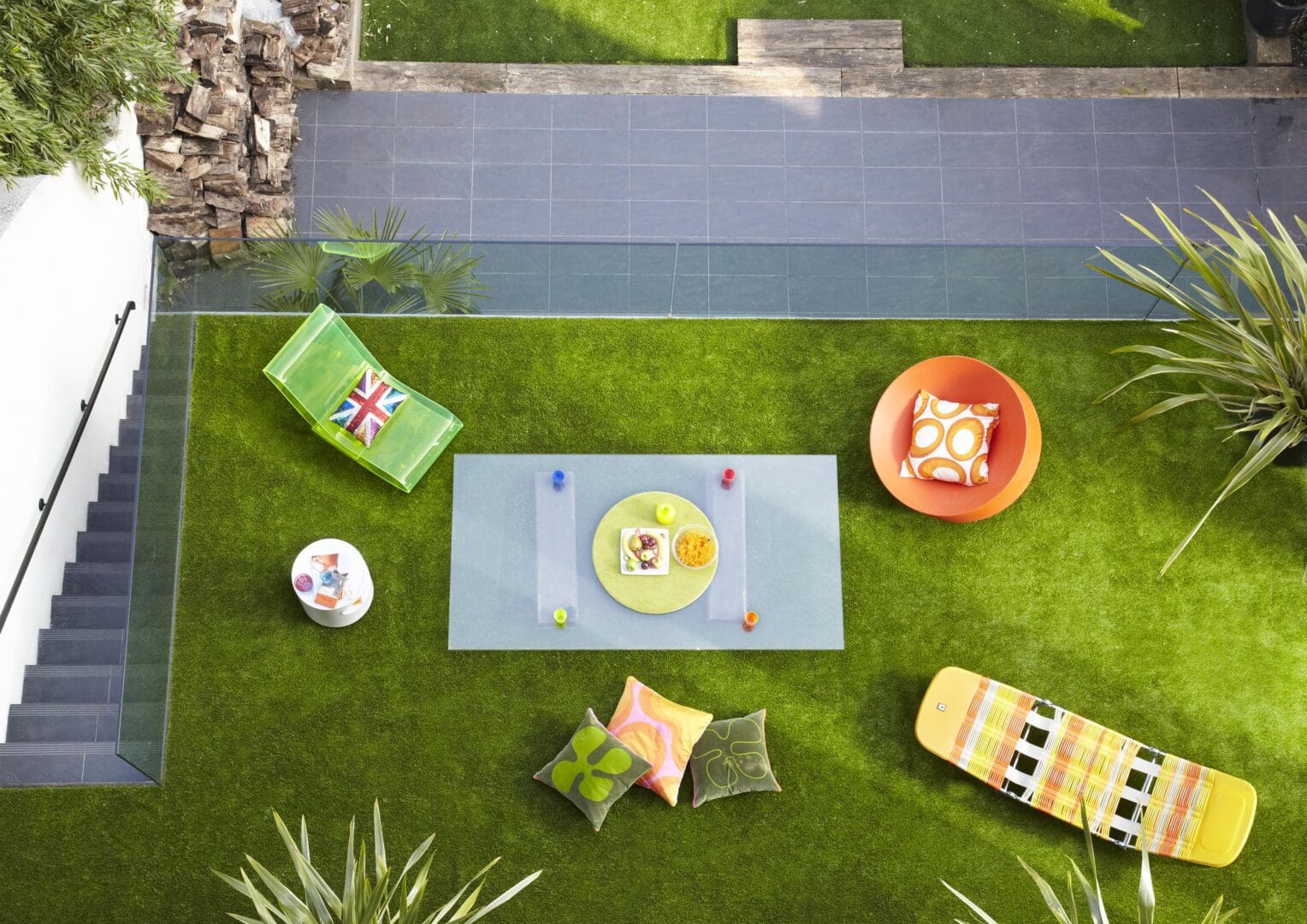
As the appeal of a low maintenance artificial lawn grows among UK families, being familiar with exactly what needs to be done before your artificial grass installation takes place is vital to getting a pristine looking lawn that stands the test of time. Often, the way in which the ground is prepared before the new lawn is laid is just as important as the installation itself, yet these steps can often be forgotten when there is a installation of artificial grass
So what are the key steps towards ensuring your ground is fully prepared for a new artificial grass installation?
Identifying the ground conditions and soil type of the patch of land you are working on will help to determine how well it will drain, and in turn, the type of sand or stone aggregate that will need to be added for installation. Making this assessment at an early stage is vital, as it will ultimately determine the extent of the work required.
Is your garden chalky, peaty or silty? Here is another handy guide to help you determine your ground type!
After surveying the area before installation, the next step is to remove any existing organics. For a standard base construction, you are required to remove the organics to a depth of 50mm, which will require the use of a turf cutter. The turf cutter will make light work of extracting the existing layer of natural turf, as well as any root materials underneath.
If the ground is made up of largely sand-based soils and therefore offers free drainage, a standard base construction comprising 50mm of sharp sand will be required. As a rough guide, this will usually require around 80kg of sharp sand per square metre. If, however, the soil conditions are more clay-based and drainage is restricted, it may be necessary to add an additional stone layer subbase. This will consist of a standard, type 1 stone, with a depth of 50-100mm.
With the sharp sand now laid, the surface needs to be compacted to create a stable base for the lawn. An electric compaction plate will do the job perfectly. If any creases are present however, a straight piece of timber is the only tool you should need to level the surface.
By now, the ground will be suitably infilled and level ready for installation, but we still need to consider how to prevent the turf from being penetrated by any organic growth. A geotextile layer installed either above, or underneath, the 50mm layer of sharp sand should do the trick. You can buy your geotextile from us, or from most large DIY stores.
Once your ground is suitably prepared for installation, you are all set to lay the new addition to your garden. Look no further than the latest landscape artificial grass to decide which one is best for your project.
Looking for an more in-depth guide? Check out our full artificial grass installation series on YouTube.
If you prefer to leave the hard work to someone else, don’t forget, we have a network of highly skilled artificial grass installation experts on hand to create your perfect TigerTurf lawn. You can find your nearest installer by contacting us.
You can get in touch today for any other queries you may have, call us on 01299 253966 or visit here for more information.
We can’t wait to hear from you!






